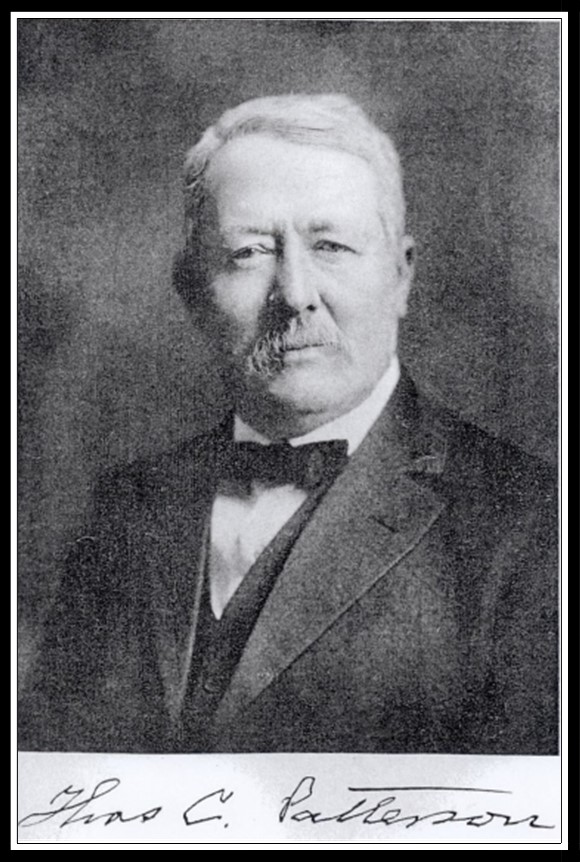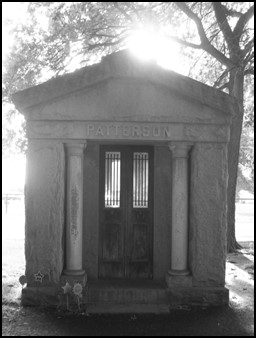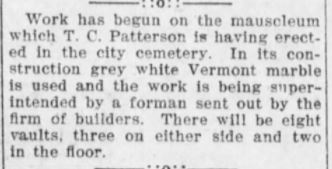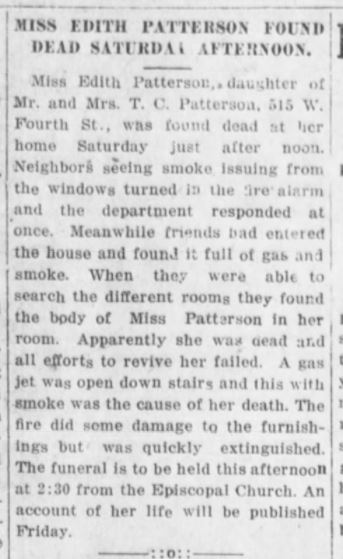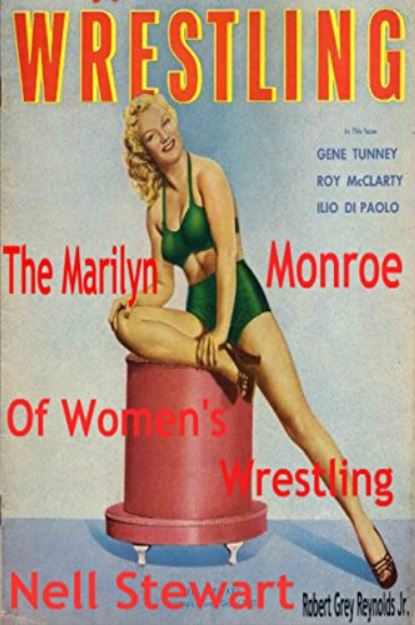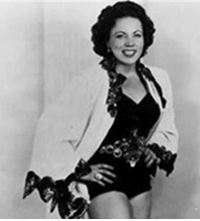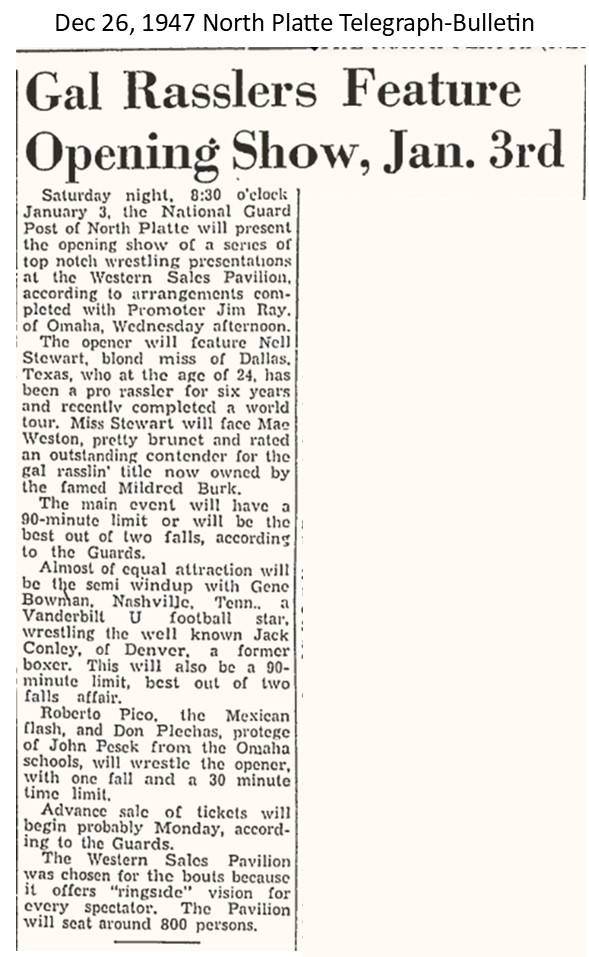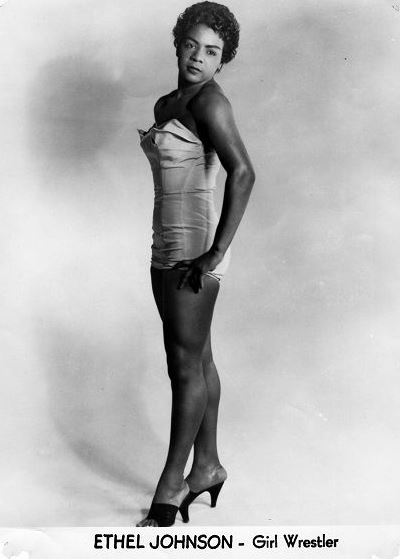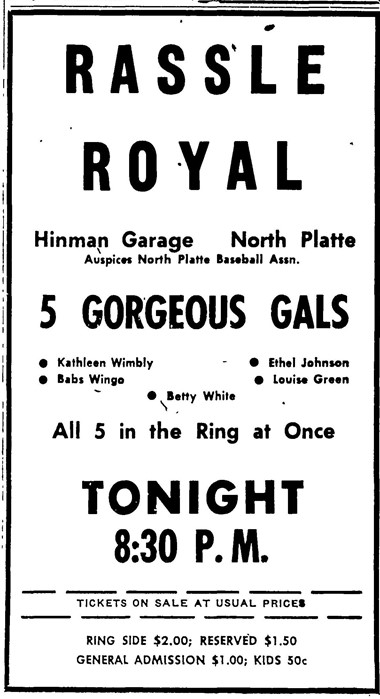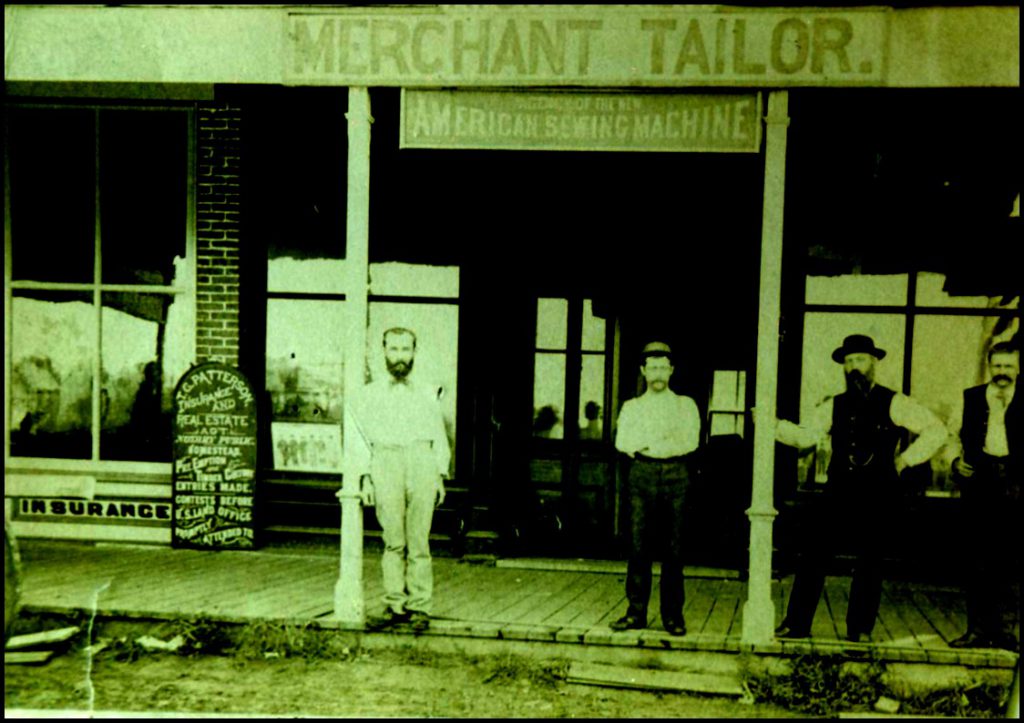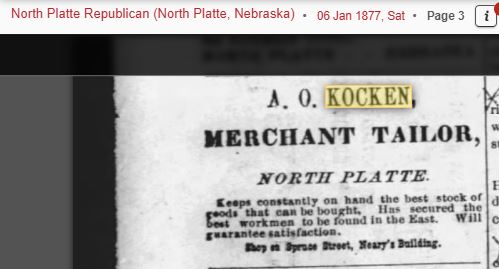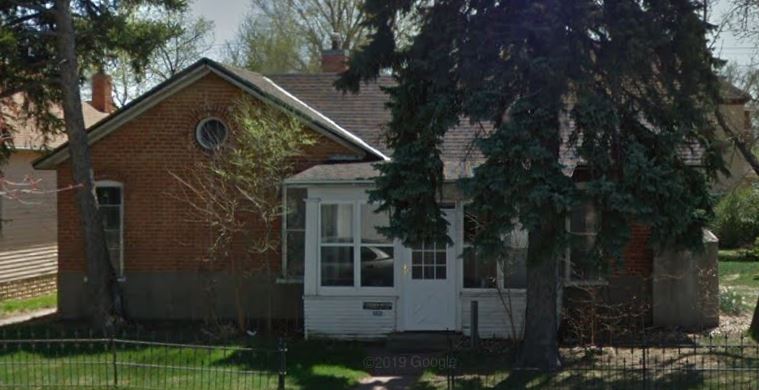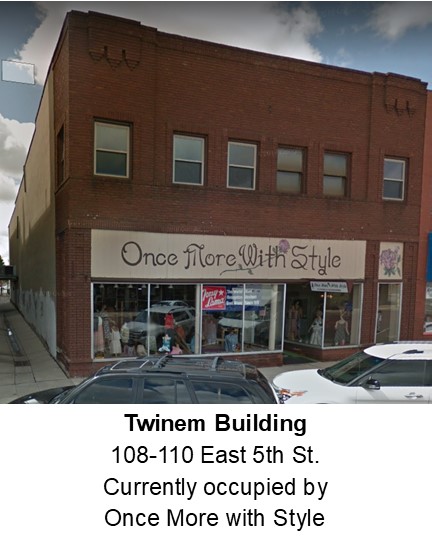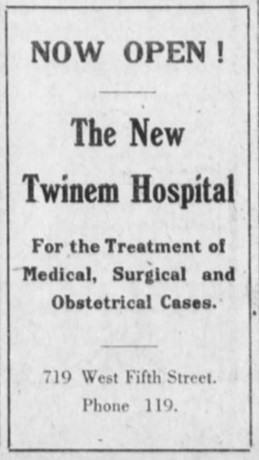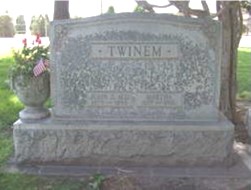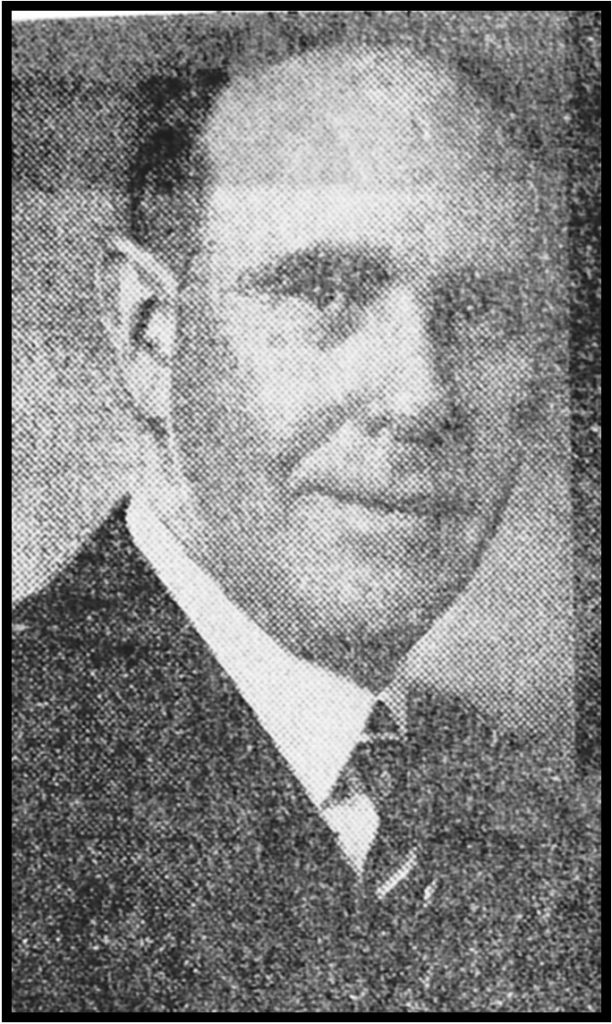Originally published to Facebook.com/NorthPlattePL on Friday 5/28/2021.
Thomas Cartwright Patterson was born on February 3, 1846 in County Down, Ireland. He came to America with his parents, W. J. and Mary Patterson, in 1854. Thomas received most of his education in Chicago’s grammar schools. At the age of sixteen, he enlisted in the Illinois Infantry and served thirty-two months for the Union Army during the Civil War. He was involved in numerous Civil War Battles: Mission Ride, Chickamauga and Buzzard Roost Gap.
In 1868, Thomas moved with his parents to North Platte, Nebraska, where he went to work for the Union Pacific Railroad as a fireman, and then in the shops.
He taught school in 1870 and then served as postmaster from 1871 to 1882. During this same time he also opened and ran a general store and studied law. He became a lawyer in 1883, started the Mutual Building and Loan Association of North Platte in 1887, the first of its kind in Nebraska, and opened a real estate business in 1890. Through smart and diligent investing he owned (clear of any debt) five farms in Lincoln County which he sold in 1919 for nearly $100,000 and making him one of the wealthiest men of North Platte.
Thomas was intelligent and had excellent business sense. Sadly, his personal life was filled with tragedy; most of his children died at a very young age, usually before their 30th or 40th birthday.
In 1871, Thomas married Mary Virginia Morris. They had two children: Col. George T. Patterson (son, 1872-1919; he died of Spanish Influenza) and Ruth M. Patterson (daughter, 1876-1962). In December, 1881, his wife, Mary died at age 31.
On September 15, 1884, Thomas married his second wife, Mary Trumbull Bradley. They had five children together and all of the children died at young ages. Edith Lindsley (daughter, 1885-1920, age 35, teacher at NPHS-died of smoke & gas inhalation); Marcus Grant (son, 1885-1886, age 1 year); Sidney (son, 1890-1890); Thomas Clinton (son, 1891-1892, age 1 year); and Lindsley Searle (daughter, 1892-1892).
If you have ever wondered who built and is buried in the only mausoleum on the west end of the North Platte Cemetery, well, that individual was Thomas C. Patterson. The Patterson mausoleum was built in July 1919 to honor the memory of his son, George T. Patterson. It was built by Chas. G. Blade & Company of Chicago, Illinois and contains over 60 tons of materials. The exterior consists of New England gray granite and the interior is embellished with very fine imported Italian marble. The doors to the mausoleum are bronze. There are ten bodies in the vault.
Thomas was a lifelong member of the Episcopal Church, served three terms as mayor of North Platte and was responsible for pursuing a grant to build the 1912 Carnegie Library in North Platte. The house he built and lived in still stands today at 515 West 4th Street.
The History of Lincoln County remembered Mr. Patterson this way… “Thomas C. Patterson is one of the names deserving of most frequent repetition in connection with the history of North Platte during a period of more than half a century. “See-est thou a man diligent at his business; he shall stand before kings.” Diligence seems to have been the keynote in the career of Mr. Patterson. There has never been a time in the past fifty years when he has not been engaged in some line of useful service, and much of it in behalf of the community. His is a rare instance of a man achieving individual prosperity after passing the prime of his years.”
Thomas Cartwright Patterson died November 18, 1929 at the age of 83.
